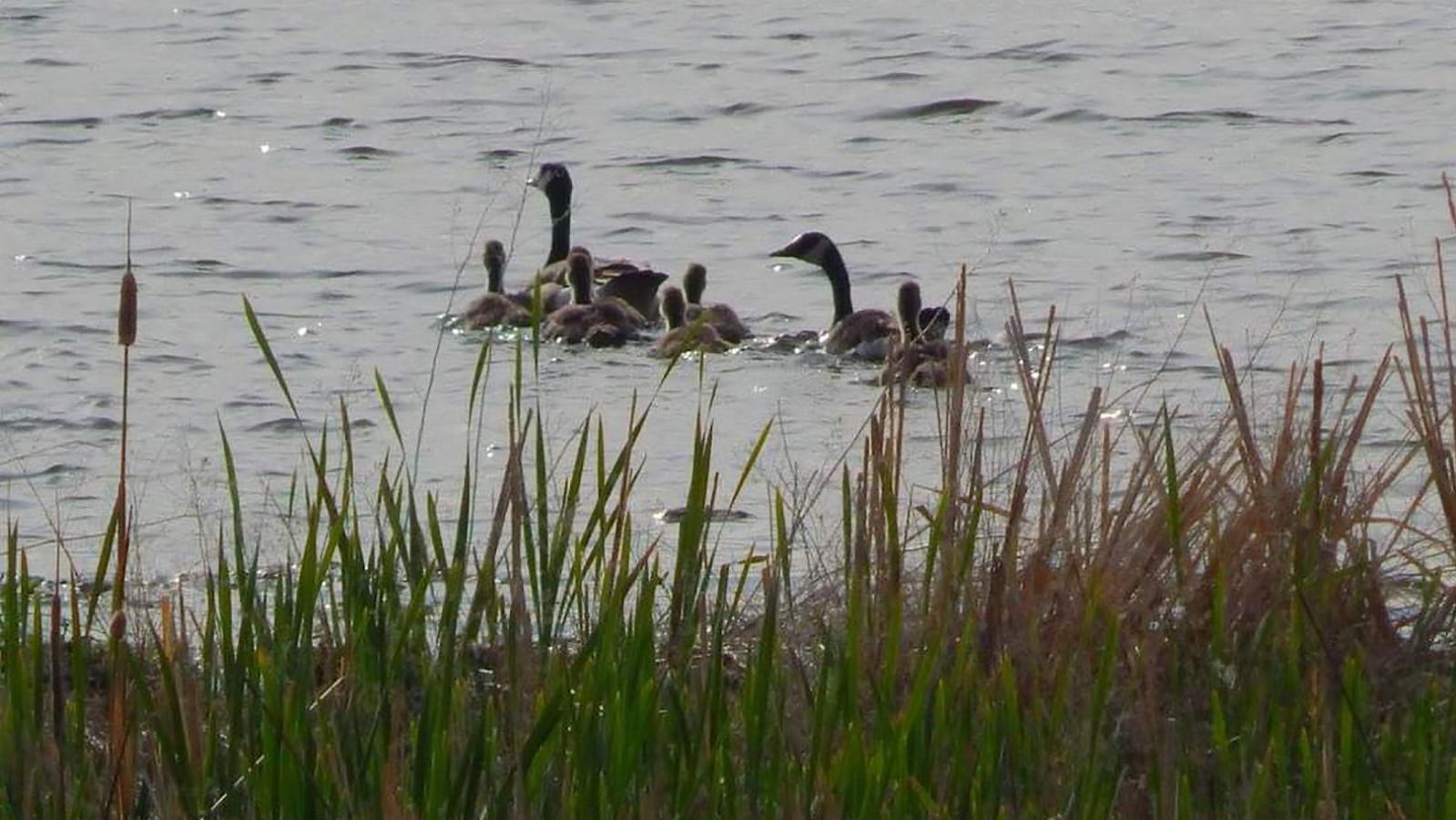Last updated: November 6, 2021
Place
West Wildlife Overlook at Lava Beds

Stop at the East and West Wildlife Overlooks to view migratory and resident birds on the waters of Tule Lake in any season. Waterfowl are especially abundant here in the spring and fall as they pass through on their journey along the Pacific Flyway. Imagine the sights and sounds of up to six million birds here before the early 1900’s when lake drainage for agriculture began. You may encounter many other species of mammals, terrestrial birds, and reptiles throughout the Monument, especially if you journey away from roads and developed areas early or late in the day. Drive the nearby the Tulelake National Wildlife Refuge’s Wildlife Tour Route along the edge of modern-day Tule Lake for a more in-depth birding experience.
During fall, as many as a million migrating ducks, geese, and shorebirds stop here at Tule Lake, and at other protected areas within the Klamath Basin National Wildlife Refuges, to feed and rest. Imagine the sights and sounds of over six million birds here in millennia past. Imagine Modoc Indians hunting birds from tule reed boats, and water that once covered all the lowlands you see before you.
In the early 1900’s, white hunters killed massive numbers of birds, and the U.S. Bureau of Reclamation altered thousands of wetland acres for agricultural use. Though crops grown on refuge lands provide a source of food for waterfowl, today less than 25 percent of historic wetlands exist. The remaining wetlands are critical to the survival of waterfowl migrating along the Pacific Flyway—three quarters of those who travel this corridor stop somewhere in the Klamath Basin.
